Extreme weather can take a toll on traditional windows, forcing homeowners to rethink their choices. Did you know that energy-efficient windows, rated by the National Fenestration Rating Council, can significantly enhance durability and decrease energy costs? In this article, I will cover the impact of extreme weather on windows, the benefits of opting for replacement windows designed for harsh climates, and key features to look for to optimize protection against sunlight and atmospheric conditions. By exploring these insights, you’ll learn how to better protect your home and improve its energy efficiency.
Understanding the Impact of Extreme Weather on Windows
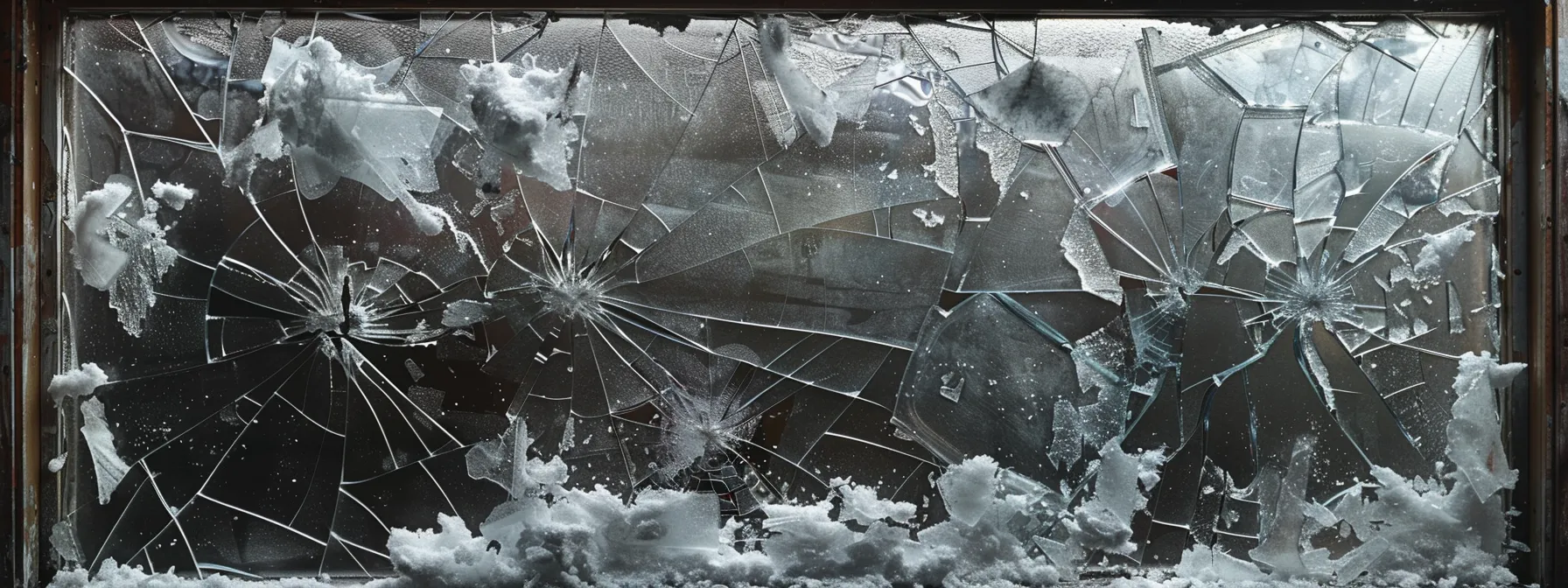
Extreme weather events have a significant impact on windows, often resulting in common damages that compromise their integrity. I’ll explore how traditional windows fail under stress and emphasize the vital role they play in the building envelope for home protection. Additionally, I’ll highlight the importance of choosing energy-efficient windows, such as those bearing the Energy Star label, to withstand challenges like solar irradiance during renovations.
Common Damages Caused by Severe Weather Events
Extreme weather events, such as storms and heavy rainfall, often lead to significant damages in windows, primarily affecting their ability to provide effective ventilation and thermal insulation. For example, strong winds can cause window seals to break, allowing water infiltration that not only deteriorates the window frame but also impacts the overall water heating efficiency within the home. As a result, understanding these vulnerabilities is essential for homeowners looking to protect their properties from the elements and maintain energy efficiency.
How Traditional Windows Fail Under Stress
Traditional windows often struggle under the stress of extreme weather conditions, leading to failures that compromise their effectiveness. Common issues include broken seals, which can result in energy loss due to improper insulation, affecting both heating and cooling systems like heat pumps. This not only diminishes energy efficiency but can also increase carbon emissions, thereby impacting overall sustainability and elevating energy costs for homeowners.
- Broken seals and energy loss
- Decreased insulation effectiveness
- Increased heating and cooling costs
- Potential for structural damage
- Negative impact on sustainability efforts
The Role of Windows in Home Protection
Windows play a crucial role in safeguarding homes against extreme weather conditions, particularly in varying climate classifications, from freezing winters to fierce winds. By selecting energy-efficient windows equipped with low emissivity (low-e) coatings, homeowners can enhance thermal insulation, keeping indoor temperatures stable despite external temperature fluctuations. This not only protects interior spaces from drafts and moisture but also contributes to overall energy savings, addressing common concerns related to heating and cooling costs.
Benefits of Energy-Efficient Windows in Harsh Climates
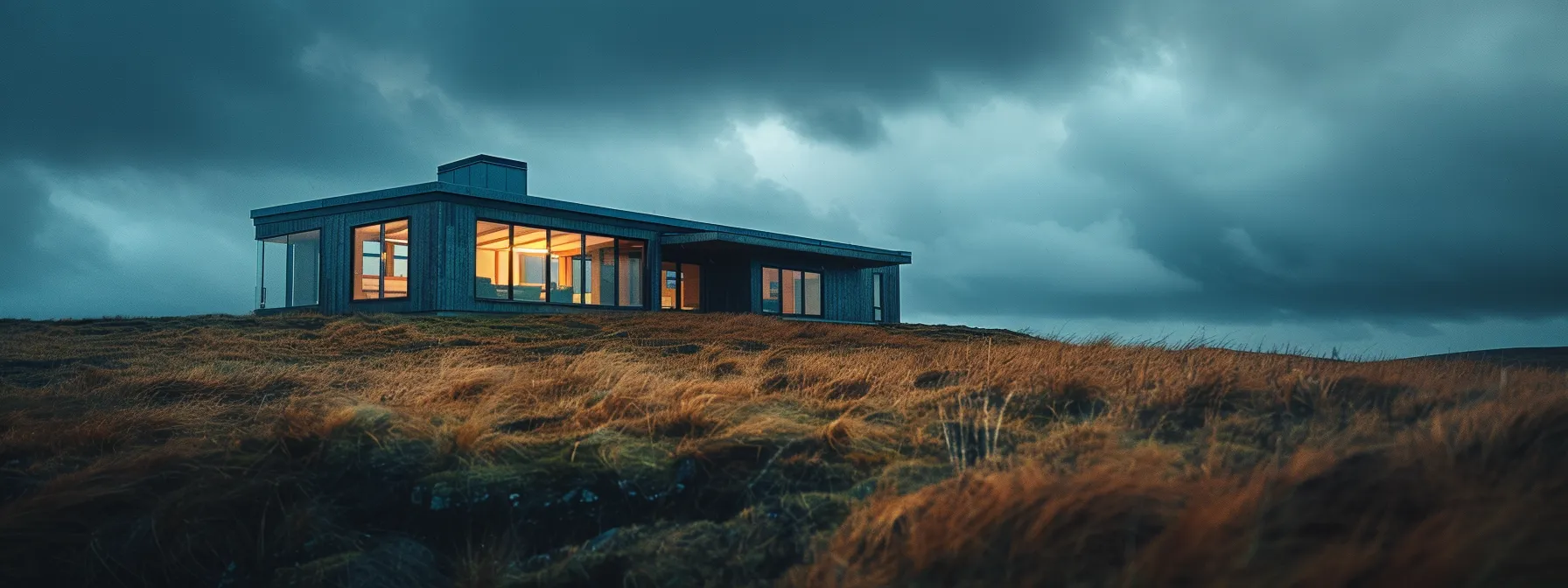
Benefits of Energy-Efficient Windows in Harsh Climates
Energy-efficient windows offer enhanced durability and resistance against extreme weather, effectively reducing heat transfer and solar gain. These windows can lead to improved energy savings during soaring temperatures, minimizing reliance on air conditioning. Additionally, they provide noise reduction from harsh weather phenomena and increase home safety and security, making them a critical investment for any homeowner.
Enhanced Durability and Resistance
Energy-efficient windows are designed with enhanced durability, making them resistant to harsh weather conditions, which can significantly reduce air infiltration. This resistance not only helps maintain a comfortable indoor environment but also minimizes utility costs, as less energy is required for heating and cooling. By investing in these windows, I actively contribute to reducing my carbon footprint and lowering greenhouse gas emissions, aligning my efforts with sustainable living practices that benefit both my home and the environment.
Improved Energy Savings During Extreme Temperatures
Investing in energy-efficient windows dramatically improves energy savings during extreme temperatures. These windows, particularly those made from materials like fiberglass and polyvinyl chloride, are designed to withstand environmental stress while enhancing thermal efficiency. By minimizing heat transfer, I experience lower energy costs and reduced reliance on heating and cooling systems, which not only benefits my wallet but also plays a part in combating climate change.
Noise Reduction From Weather Phenomena
Energy-efficient windows significantly contribute to noise reduction during severe weather events. The advanced glazing technology, including double or triple panes, effectively dampens external noise, creating a quieter indoor environment. Additionally, proper weatherstripping minimizes unwanted sound infiltration, allowing me to enjoy peaceful living spaces even when harsh weather conditions prevail.
Increased Home Safety and Security
Investing in energy-efficient windows enhances my home’s safety and security, especially during extreme weather conditions. These windows typically meet or exceed building code requirements, providing greater structural integrity against high winds and impacts. Research shows that modern window replacements with advanced technology effectively control noise transmittance, reducing disturbances from external factors while also offering a reinforced barrier against unauthorized entry, giving me greater peace of mind regarding my home’s security.
- Enhanced structural integrity against severe weather
- Improved noise control for a peaceful living environment
- Compliance with building codes for safety
- Increased resistance against unauthorized entry
- Reinforced protection during extreme conditions
Key Features to Look for in Energy-Efficient Windows for Extreme Conditions
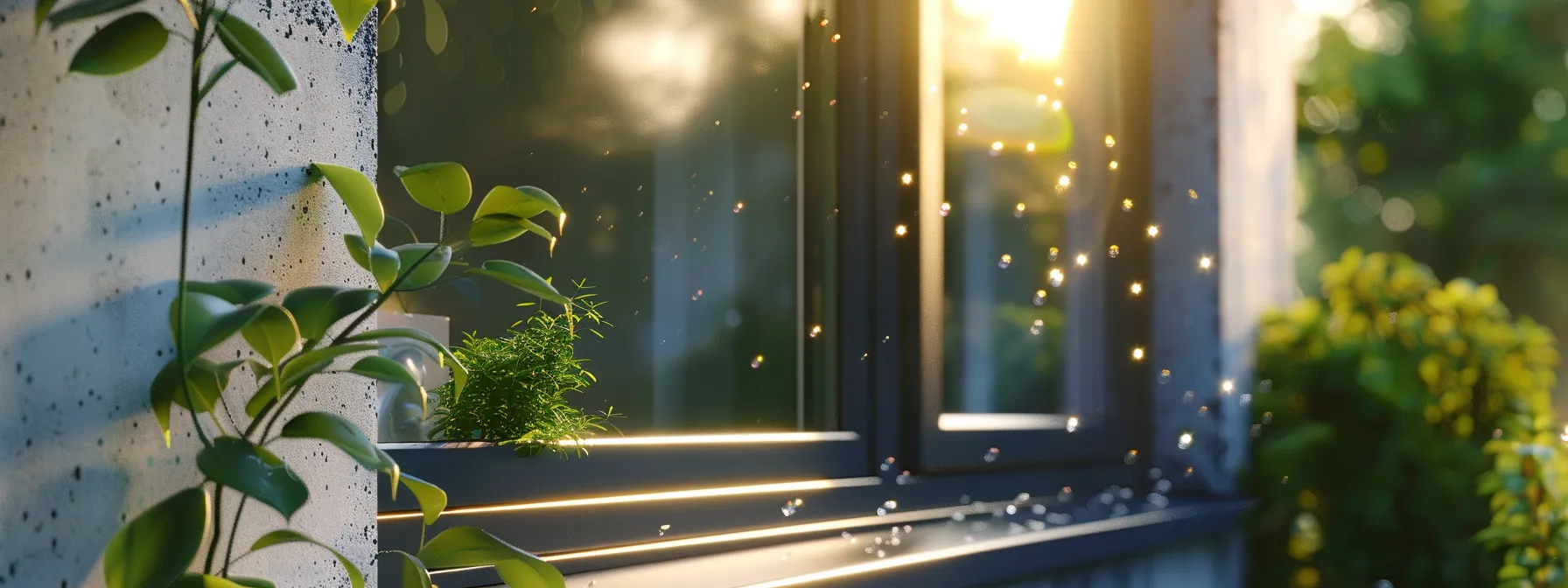
When selecting energy-efficient windows for extreme weather conditions, I focus on key features that maximize protection and return on investment. I explore impact-resistant glass options for enhanced safety, insulation properties and materials for improved energy consumption, weather-resistant frames and seals for durability, and essential certifications and ratings to ensure quality. These insights guide my home improvement decisions effectively.
Impact-Resistant Glass Options
When selecting energy-efficient windows, I prioritize impact-resistant glass options that provide enhanced protection against extreme weather. These windows often feature specialized coatings that minimize heat transfer, helping reduce energy waste during heat waves. Additionally, their durability against corrosion ensures that my investment remains intact even in the harshest conditions, protecting both my home’s interior and the efficiency of heating systems, like radiators.
Insulation Properties and Materials
When choosing energy-efficient windows for harsh conditions, I pay close attention to the insulation properties and materials used. Windows filled with argon or krypton gas offer superior thermal insulation, significantly reducing heat transfer and keeping my home comfortable, even in extreme climates, such as a desert environment. I also consider wood frames, which not only provide excellent insulation but also help absorb noise, creating a quieter and more serene indoor space, enhancing my overall living experience.
Weather-Resistant Frames and Seals
When selecting energy-efficient windows, I prioritize weather-resistant frames and seals as they are crucial for ensuring my home remains protected during extreme weather events. High-quality frames prevent air and water infiltration, enhancing insulation and energy efficiency, which directly affects my heating and cooling costs. Investing in durable materials like fiberglass or vinyl, combined with effective sealing methods, not only safeguards my home but also aligns with the principles of reliable performance found in examples like The Brothers Bloom and effective Link Graph strategies that prioritize stability and resilience:
- Choose frames made from durable materials like fiberglass or vinyl.
- Ensure seals are properly installed to minimize air and water leaks.
- Consider energy-efficient window ratings for optimal performance.
Certifications and Ratings to Consider
When selecting energy-efficient windows, I focus on certifications and ratings that signify quality and performance in extreme conditions. The Energy Star label, for example, indicates that a window meets strict energy efficiency guidelines set by the U.S. Environmental Protection Agency. Additionally, ratings from the National Fenestration Rating Council (NFRC) provide insights into a window’s thermal performance, enabling me to choose options that enhance my home’s insulation and overall energy savings.
Types of Energy-Efficient Window Technologies Suited for Severe Weather
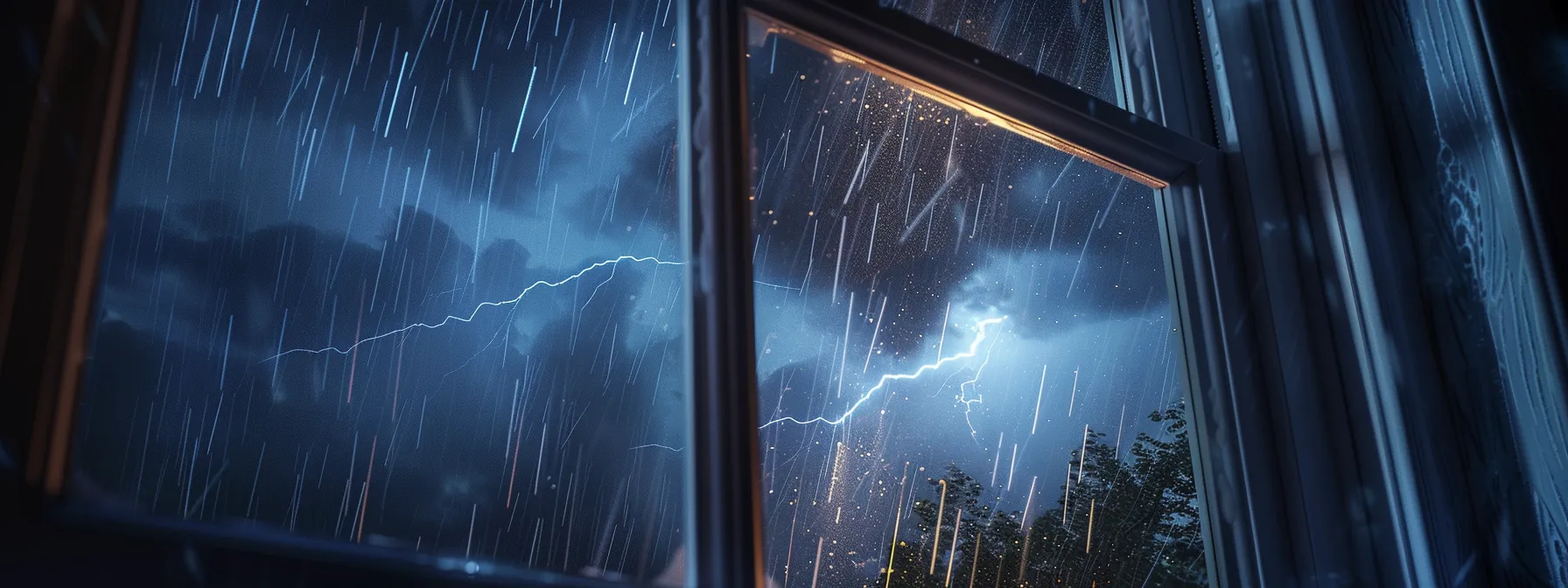
In my exploration of energy-efficient window technologies suited for severe weather, I focus on key features that enhance protection and efficiency. I begin by examining double versus triple glazing, which affects insulation performance. Next, I discuss low-E coatings that improve thermal control and gas fills to further enhance insulation. Finally, I highlight the benefits of storm windows and protective layers in maximizing home safety.
Double vs. Triple Glazing
When choosing between double and triple glazing for my windows, I find that each option offers distinct advantages, especially in terms of insulation and energy efficiency. Double glazing, featuring two panes of glass with a sealed air space in between, effectively reduces heat loss and minimizes noise infiltration. However, opting for triple glazing, which includes an additional layer of glass, provides even better thermal performance by trapping more air and reducing heat transfer, making it a superior choice for extreme weather conditions. This decision not only enhances my home’s comfort but also positively impacts my energy bills, allowing me to invest in long-term savings while protecting my living space from harsh elements.
Low-E Coatings and Their Benefits
Low-E (low emissivity) coatings are an essential feature of energy-efficient windows, providing significant benefits during extreme weather conditions. By reflecting heat during the summer and retaining warmth in the winter, Low-E coatings help maintain a comfortable indoor environment regardless of external temperature swings. I find that investing in these coatings not only boosts my home’s energy efficiency but also contributes to long-term savings on utility bills as I experience reduced reliance on heating and cooling systems.
| Benefit | Description |
|---|---|
| Temperature Regulation | Reflects heat in summer and retains warmth in winter. |
| Energy Savings | Reduces reliance on HVAC systems, leading to lower utility bills. |
| UV Protection | Minimizes harmful UV rays, protecting furniture and finishes from fading. |
| Comfort | Helps keep indoor spaces comfortable regardless of outdoor conditions. |
Gas Fills for Insulation Enhancement
Gas fills, such as argon and krypton, significantly enhance the insulation properties of energy-efficient windows, making them ideal for extreme weather conditions. When installed between the panes of double or triple-glazed windows, these gases create a thermal barrier that minimizes heat transfer, which keeps my home warmer in winter and cooler in summer. This not only improves comfort but also effectively reduces energy consumption, allowing me to save on utility costs while maintaining a stable indoor environment.
- Gas fills provide an effective thermal barrier.
- They minimize heat transfer through the window.
- Result in lower energy bills and improved comfort.
Storm Windows and Protective Layers
Storm windows serve as an additional protective layer against extreme weather conditions, significantly enhancing the energy efficiency of my home. By installing these exterior windows, I can create an extra barrier that not only reduces air infiltration but also improves insulation during harsh winters or sweltering summers. Additionally, storm windows can help protect my primary windows from debris and high winds, ensuring that my home remains safe while also benefiting from reduced energy costs.
Installation Tips for Optimal Protection and Efficiency
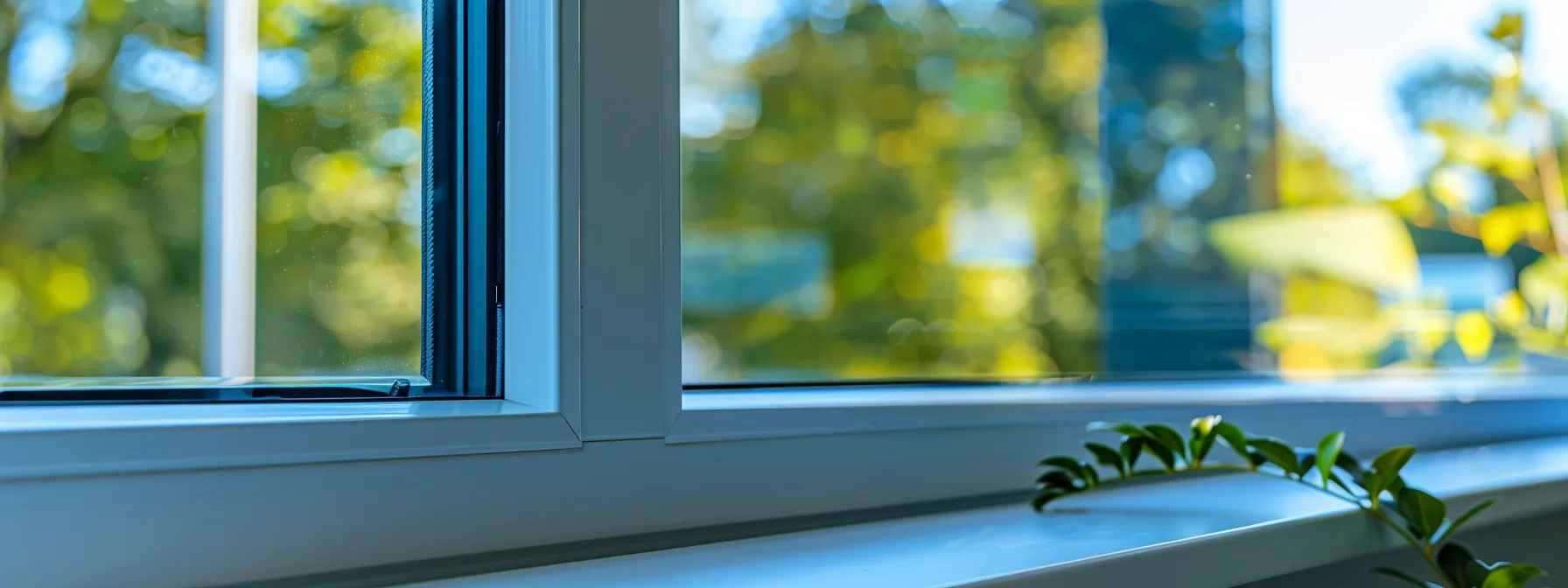
Professional installation of energy-efficient windows is crucial to maximize protection against extreme weather. I focus on effective sealing techniques to prevent air and water infiltration, ensuring optimal performance. Additionally, I consider maintenance practices that extend the lifespan of my windows, reinforcing their efficiency. Each of these aspects plays a significant role in safeguarding my home from the elements.
Importance of Professional Installation
Professional installation of energy-efficient windows is essential to ensure they perform optimally, especially during extreme weather conditions. I’ve learned that even the best windows can fail if not installed correctly, leading to air and water leaks that compromise insulation. By trusting experienced installers, I can ensure that each window is precisely sealed and aligned, maximizing both protection and energy efficiency, which ultimately saves me money on utility bills.
Sealing Techniques to Prevent Air and Water Infiltration
Effective sealing techniques are critical to prevent air and water infiltration when installing energy-efficient windows. One method I prioritize is using high-quality caulking around the window frame to create a strong barrier that protects against drafts and leaks. This simple addition not only enhances insulation but also contributes to long-term energy savings, making my home more comfortable during extreme weather events.
| Sealing Technique | Description |
|---|---|
| High-Quality Caulking | Creates a durable barrier to prevent air and water leaks around the window frame. |
| Weatherstripping | Applies flexible material to moving parts of windows for added protection against drafts. |
| Flashing Installation | Uses materials to redirect water away from the window structure, preventing moisture damage. |
Maintenance Practices to Extend Window Lifespan
To extend the lifespan of my energy-efficient windows, I prioritize regular cleaning and inspections. I make it a habit to remove dirt and debris from the window frames and sills, as this prevents moisture buildup that could lead to mold or damage. Additionally, I regularly check seals and weatherstripping for wear, replacing them as needed to maintain optimal performance against extreme weather conditions.
Real-Life Case Studies: Energy-Efficient Windows in Extreme Weather
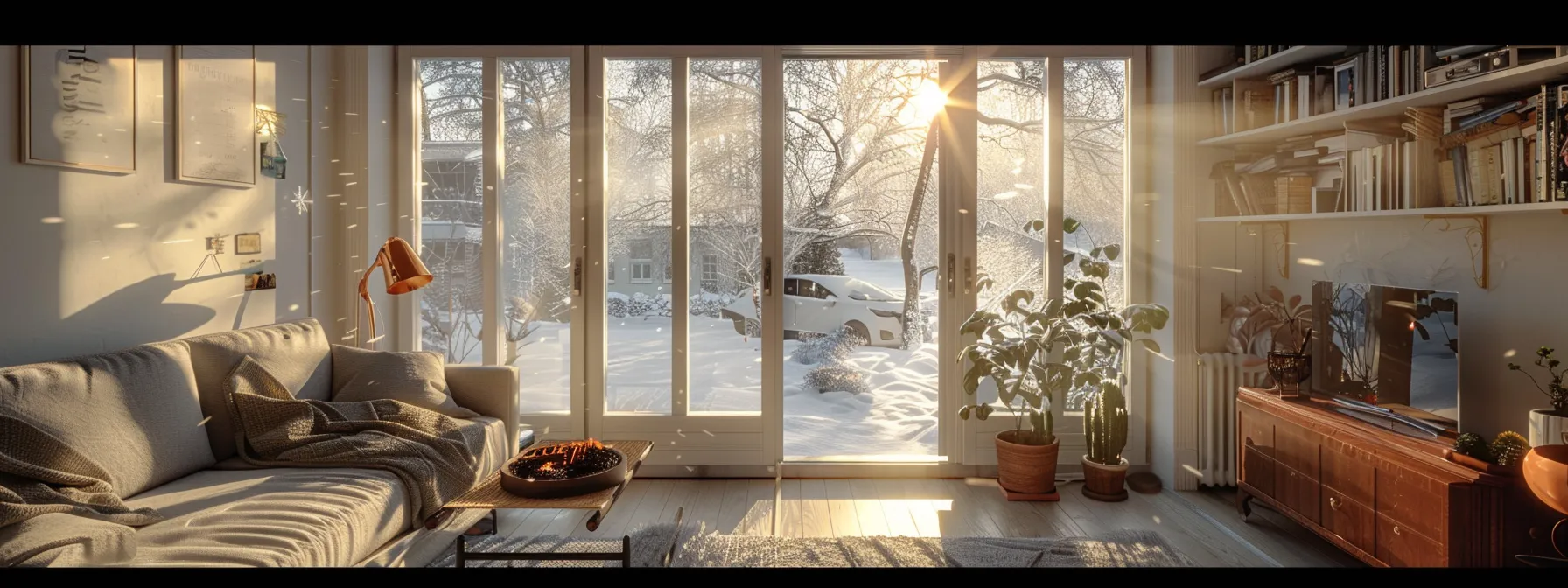
In this section, I will share success stories from homeowners who opted for energy-efficient windows during extreme weather. By examining a comparative analysis of window performance in different climates, I’ll extract valuable lessons learned and best practices. These insights will demonstrate how investing in quality windows not only enhances protection but also contributes to energy savings and comfort.
Success Stories From Homeowners
Homeowners across various regions have shared their positive experiences after investing in energy-efficient windows designed for extreme weather. One homeowner in Florida noted that after replacing traditional windows with impact-resistant models, they not only experienced a significant reduction in energy bills but also felt safer during hurricane season. Another homeowner in the Midwest reported that energy-efficient double-glazed windows helped maintain a comfortable indoor temperature throughout frigid winters, minimizing the strain on their heating system. These real-life examples highlight the tangible benefits of upgrading to energy-efficient windows, reinforcing their role in maximizing protection against severe weather conditions.
Comparative Analysis of Window Performance
In my exploration of window performance, I’ve noted that energy-efficient windows outperform traditional options under extreme weather conditions. For example, a comparative analysis revealed that homes equipped with double-glazed, low-E windows maintained a more stable indoor temperature during both scorching summers and freezing winters, significantly reducing energy consumption. This practical insight emphasizes the importance of choosing the right windows to enhance comfort and efficiency, particularly in climates that experience severe weather changes.
- Energy-efficient windows maintain stable indoor temperatures.
- Double-glazed designs significantly reduce energy consumption.
- Choosing the right windows improves overall home comfort.
Lessons Learned and Best Practices
Through my experience and observations, I’ve identified several lessons learned and best practices for maximizing protection with energy-efficient windows in extreme weather. Firstly, investing in high-quality, impact-resistant glass has proven essential for homes located in hurricane-prone areas, significantly enhancing resilience against wind and debris. Additionally, regular maintenance checks for seals and frames ensure continued performance; proactively addressing wear can prevent costly damages and maintain energy efficiency during severe weather events:
| Lesson | Best Practice |
|---|---|
| Invest in Impact-Resistant Glass | Essential for homes in hurricane-prone areas. |
| Regular Maintenance Checks | Proactively address wear for optimal performance. |
| Seal Gaps Effectively | Use caulking and weatherstripping to prevent air leaks. |
Conclusion
Maximizing protection through energy-efficient windows is critical for safeguarding homes against extreme weather conditions. These windows not only enhance durability and insulation but also significantly reduce energy costs and carbon emissions. By prioritizing features such as impact-resistant glass and effective sealing techniques, homeowners can ensure long-term safety and comfort. Investing in quality windows stands as a vital step toward sustainable living, offering both immediate benefits and lasting peace of mind.

